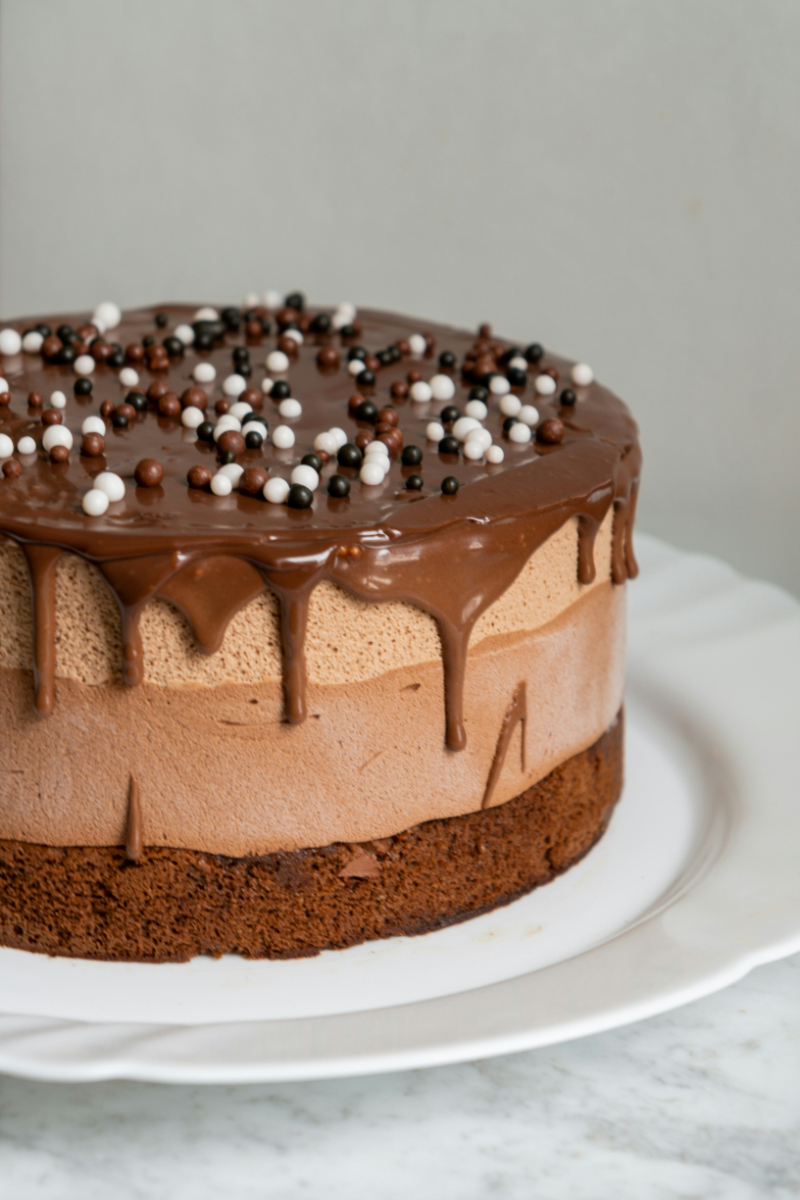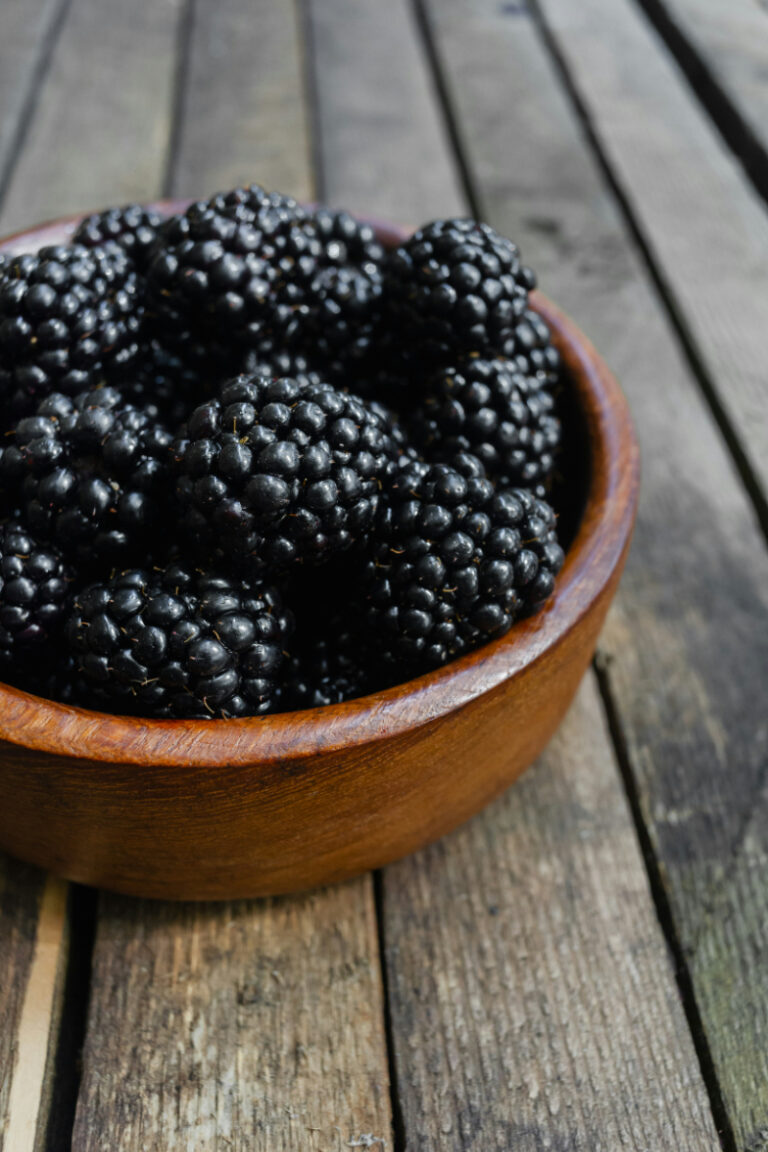How Many Carbs Are in Chocolate Cake? A Friendly Guide to Satisfying Your Sweet Tooth
If you’re a fan of chocolate cake, you may be wondering how many carbs are in this delicious dessert. Chocolate cake is a popular treat that is enjoyed by many, but it’s important to know how many carbs are in it if you’re watching your carb intake. The number of carbs in chocolate cake can vary depending on the recipe and serving size.
When it comes to carbs in chocolate cake, the main source of carbs is the flour and sugar used in the recipe. A typical slice of chocolate cake can contain anywhere from 30 to 50 grams of carbs, depending on the size of the slice and the recipe used. If you’re looking to limit your carb intake, it’s important to keep this in mind when enjoying this tasty treat.

Carb Content in Chocolate Cake
If you’re watching your carb intake, you may be wondering how much you can indulge in chocolate cake. Chocolate cake is a beloved dessert that can be made at home or purchased at a store. In this section, we’ll explore the average carb content in homemade recipes and store-bought chocolate cake.
Average Carbs in Homemade Recipes
The carb content in homemade chocolate cake can vary depending on the recipe. However, on average, a slice of chocolate cake without frosting contains about 50 grams of carbohydrates 1. This amount can increase if frosting or other toppings are added.
If you’re looking for a lower-carb option, consider using almond flour or coconut flour instead of wheat flour. These flours contain fewer carbs and can be used as a substitute in many recipes. Additionally, you can use sugar substitutes like Stevia or monk fruit sweetener to reduce the sugar content.
Carbs in Store-Bought Chocolate Cake
Store-bought chocolate cake can also vary in carb content depending on the brand and type. On average, a slice of store-bought chocolate cake contains about 33.8 grams of carbs 2. However, some brands may have more or less carbs depending on the ingredients used.
When purchasing store-bought chocolate cake, be sure to check the nutrition label for the carb content. Look for options that use whole food ingredients and avoid those with added sugars and artificial ingredients.
In conclusion, chocolate cake can be enjoyed in moderation as part of a balanced diet. Whether you make it at home or purchase it from a store, be mindful of the carb content and choose options that fit your dietary needs.
Factors Affecting Carb Counts
When it comes to chocolate cake, the amount of carbohydrates can vary depending on several factors. Here are two factors that can affect carb counts:
Ingredients Variation
The type of cake, frosting, and any added toppings or fillings can all impact the carb content. For example, a dense chocolate cake with frosting will likely contain more carbs than a slice of angel food cake. Additionally, cakes made with alternative flours like almond or coconut flour may have fewer carbs than cakes made with wheat flour.
Here’s a table that compares the carb content of different types of chocolate cake:
| Cake Type | Carb Count per Slice |
|---|---|
| Dense chocolate cake with frosting | 50 grams |
| Angel food cake | 25 grams |
| Chocolate cake made with almond flour | 15 grams |
| Chocolate cake made with coconut flour | 20 grams |
Portion Sizes
The size of the slice can also impact the carb count. A larger slice will obviously have more carbs than a smaller slice. However, it’s important to note that portion sizes can vary depending on where you get your cake from. For example, a slice of cake from a bakery may be larger than a slice of cake you make at home.
Here’s a list of portion sizes for different types of chocolate cake:
- Bakery slice: 1/6 of a 9-inch cake
- Homemade slice: 1/8 of a 9-inch cake
By being mindful of the ingredients and portion sizes, you can enjoy a slice of chocolate cake without completely derailing your carb intake.
Reducing Carbohydrate Intake
If you are trying to reduce your carbohydrate intake, you might think that chocolate cake is off-limits. However, there are some options available that can help you enjoy this delicious dessert without going overboard on carbs.
Low-Carb Chocolate Cake Options
There are many recipes available online for low-carb chocolate cake that are just as delicious as traditional recipes. You can use almond flour or coconut flour instead of regular flour to lower the carb count. Another option is to use sugar substitutes like stevia or erythritol instead of sugar. These sweeteners have a lower glycemic index and won’t cause a spike in blood sugar levels.
Substitutes for High-Carb Ingredients
If you don’t want to use a low-carb recipe, you can still make some substitutions to reduce the carb count in your chocolate cake. For example, you can use unsweetened cocoa powder instead of chocolate chips, which are often high in sugar. You can also use Greek yogurt instead of sour cream, which has a lower carb count.
Here are some other substitutions you can make to reduce the carb count in your chocolate cake:
- Use almond milk or coconut milk instead of regular milk
- Use avocado oil or coconut oil instead of vegetable oil
- Use egg whites instead of whole eggs
By making these substitutions, you can enjoy a delicious chocolate cake without the guilt of consuming too many carbs.






